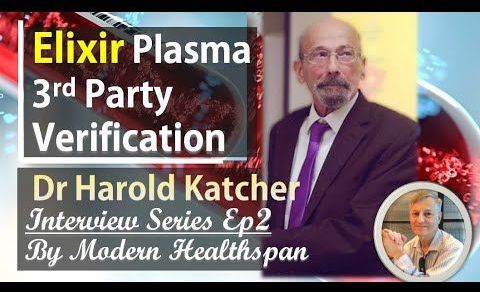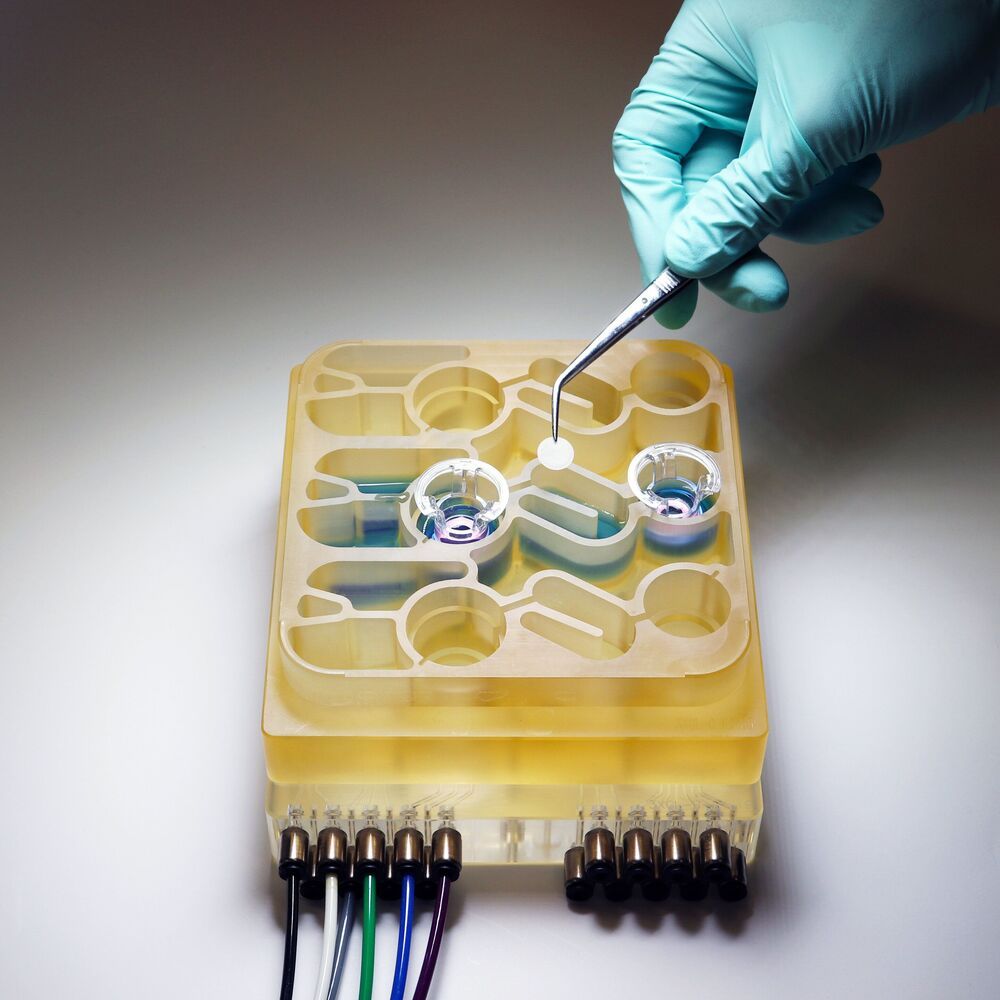Jan 30, 2021
Elixir Plasma 3rd Party Verification | Dr Harold Katcher Interivew Series Ep2
Posted by Nicolas Chernavsky in categories: biotech/medical, life extension
This is the SECOND PART of the interview with Harold Katcher in Modern Healthspan YouTube channel.
Dr. Harold Katcher is a professor of Biology at the University of Maryland. He has been a pioneer in the field of cancer research, in the development of modern aspects of gene hunting and sequencing. He carries expertise in bioinformatics, chronobiology, and biotechnology. Dr. Katcher is currently working in the capacity of Chief Technical Officer at Nugenics Research exploring rejuvenation treatments in mammals.
In May 2020 there was a paper published on biorxiv about the rejuvenation of rats by over 50%. We did a review of the paper which you can find linked to above. In this interview series we talk with Dr. Harold Katcher, one of the main authors of the paper about the experiment, the steps to get validation, commercialization and how the results fit into his theories of aging.
Continue reading “Elixir Plasma 3rd Party Verification | Dr Harold Katcher Interivew Series Ep2” »


















